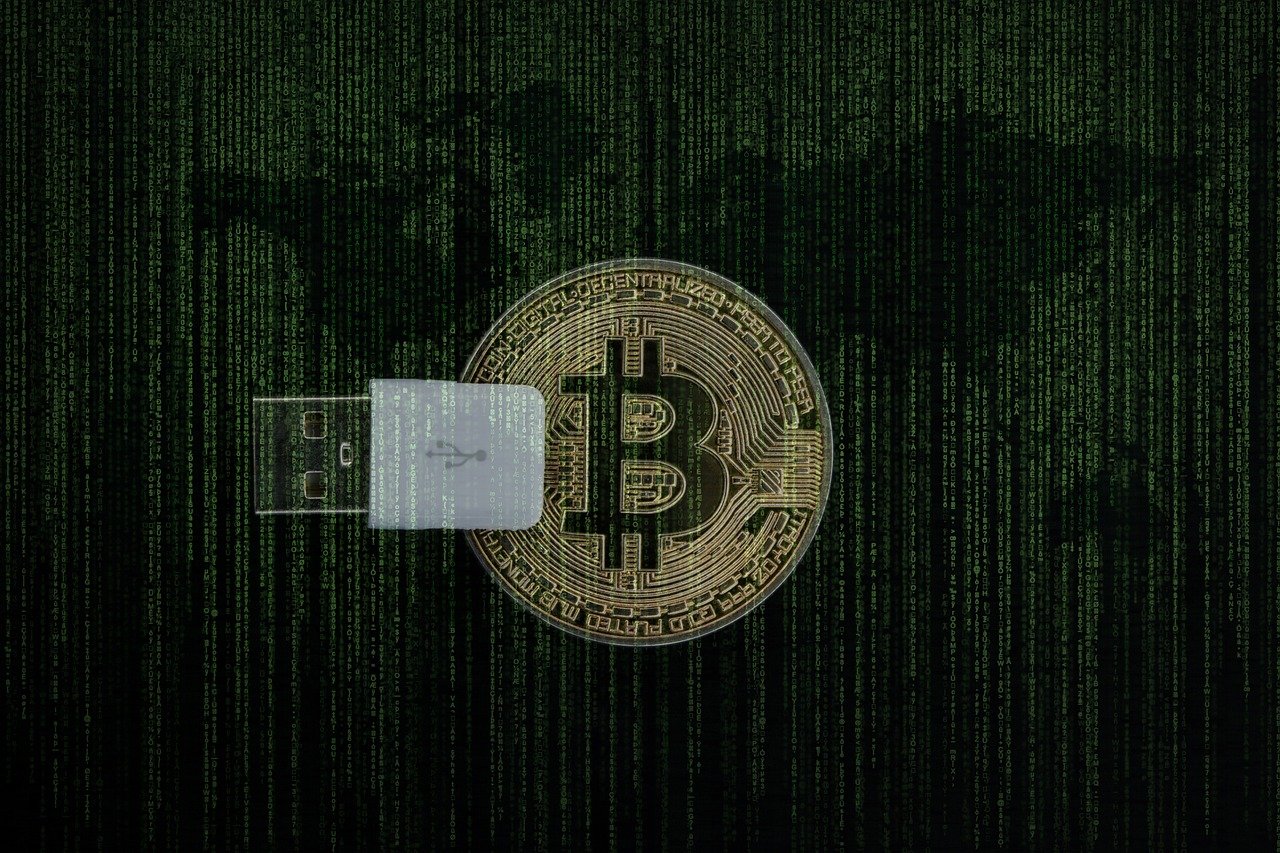Altcoins, short for “alternative cryptocurrencies,” represent the vast landscape of digital assets that emerged after Bitcoin. While Bitcoin remains the dominant force in the crypto world, altcoins have carved out their niches, offering diverse functionalities, technological innovations, and investment opportunities. Understanding the altcoin market is crucial for anyone seeking to navigate the complexities of the cryptocurrency ecosystem.
What are Altcoins?
Defining Altcoins and Their Purpose
Altcoins are essentially any cryptocurrency that isn’t Bitcoin. They were created for various reasons, often aiming to improve upon Bitcoin’s limitations or offer entirely new functionalities. This can range from faster transaction speeds and enhanced privacy features to specialized platforms for decentralized finance (DeFi) or non-fungible tokens (NFTs).
- Improvement on Bitcoin: Some altcoins, like Litecoin, aim to provide faster transaction confirmation times.
- New Functionality: Others, like Ethereum, introduce smart contract capabilities, enabling the development of decentralized applications (dApps).
- Specific Use Cases: Tokens like Chainlink focus on providing decentralized oracle services, connecting real-world data to blockchain networks.
Categories of Altcoins
The altcoin universe is incredibly diverse, and can be broadly categorized based on their intended purpose:
- Mining-Based Altcoins: These cryptocurrencies, like Litecoin and Dogecoin, utilize a proof-of-work (PoW) consensus mechanism similar to Bitcoin, where miners solve complex cryptographic puzzles to validate transactions and earn rewards.
- Stablecoins: Designed to maintain a stable value, typically pegged to a fiat currency like the US dollar. Examples include Tether (USDT) and USD Coin (USDC). They aim to reduce volatility in the crypto market.
- Security Tokens: Represent ownership in a company or asset. They are subject to securities regulations and often aim to offer fractional ownership and increased liquidity.
- Utility Tokens: Provide access to a specific product or service on a blockchain platform. For example, Basic Attention Token (BAT) is used within the Brave browser ecosystem.
- Governance Tokens: Grant holders voting rights in the governance of a blockchain project, allowing them to participate in decisions related to protocol upgrades and development.
Benefits and Risks of Investing in Altcoins
Potential Upsides of Altcoin Investments
Investing in altcoins can offer the potential for significant returns, but it’s essential to be aware of the associated risks.
- High Growth Potential: Smaller market capitalization altcoins can experience explosive growth if their technology or application gains traction. For example, early investors in Ethereum saw massive returns as the platform’s dApp ecosystem flourished.
- Diversification: Altcoins allow investors to diversify their cryptocurrency portfolio beyond Bitcoin, spreading risk and potentially capturing gains from different sectors of the crypto market.
- Innovation: Altcoins often drive innovation in the blockchain space, introducing new technologies and functionalities that can disrupt traditional industries.
- Early Adopter Advantage: Investing in promising altcoins early can position investors to benefit from the long-term success of the project. Consider projects tackling issues like decentralized storage or interoperability between blockchains.
Risks Associated with Altcoin Investments
Investing in altcoins comes with significant risks, often higher than those associated with Bitcoin.
- Volatility: Altcoins are typically more volatile than Bitcoin, meaning their prices can fluctuate dramatically in short periods.
- Liquidity: Some altcoins have low trading volume, making it difficult to buy or sell large amounts without significantly impacting the price.
- Scams and Fraud: The altcoin market is susceptible to scams and fraudulent projects, such as “pump and dumps” or projects with no real value. Due diligence is critical.
- Regulatory Uncertainty: The regulatory landscape for altcoins is still evolving, and uncertainty can impact the value and legality of certain cryptocurrencies.
- Technological Risks: Altcoins can be vulnerable to bugs, hacks, and security breaches, which can lead to loss of funds.
- Project Failure: Many altcoins fail to gain traction or deliver on their promises, resulting in significant losses for investors.
Analyzing and Choosing Altcoins
Fundamental Analysis
Fundamental analysis involves evaluating the intrinsic value of an altcoin based on its underlying technology, team, and market potential.
- Whitepaper Review: Carefully read the project’s whitepaper to understand its goals, technology, and roadmap. Does the technology seem sound? Is the problem they’re trying to solve valid and impactful?
- Team Assessment: Research the team behind the project, their experience, and their track record. Are they credible and experienced in blockchain technology?
- Market Opportunity: Evaluate the market opportunity for the altcoin and its potential for adoption. Is there a real need for the technology it’s providing?
- Community Engagement: Assess the size and engagement of the project’s community. A strong and active community can be a positive sign.
- Tokenomics: Understand the token’s supply, distribution, and use case. Is the token model sustainable? Does it incentivize participation?
Technical Analysis
Technical analysis involves studying price charts and trading volumes to identify patterns and predict future price movements. While not a guarantee, it can help inform entry and exit points.
- Chart Patterns: Learn to recognize common chart patterns like head and shoulders, double tops, and triangles.
- Technical Indicators: Utilize technical indicators like moving averages, RSI, and MACD to identify overbought or oversold conditions and potential trend changes.
- Volume Analysis: Analyze trading volume to confirm price trends and identify potential breakout or breakdown levels.
- Risk Management: Always use stop-loss orders to limit potential losses and protect your capital.
- Diversification: Don’t put all your eggs in one basket. Diversify your altcoin investments to mitigate risk.
Due Diligence Checklist
Before investing in any altcoin, follow this due diligence checklist:
- [ ] Thoroughly research the project and its team.
- [ ] Understand the tokenomics and use case.
- [ ] Assess the market opportunity and competition.
- [ ] Evaluate the security of the platform.
- [ ] Consider the regulatory landscape.
- [ ] Only invest what you can afford to lose.
Storing and Trading Altcoins
Secure Storage Options
Properly storing your altcoins is crucial to protect them from theft or loss.
- Hardware Wallets: Considered the most secure option for storing cryptocurrencies offline. Examples include Ledger and Trezor.
- Software Wallets: Desktop or mobile applications that store your private keys on your device. Examples include Exodus and Trust Wallet.
- Exchange Wallets: Storing your altcoins on a cryptocurrency exchange is convenient for trading, but it also carries the risk of the exchange being hacked or going bankrupt. Only store what you need to trade on an exchange.
Choosing a Cryptocurrency Exchange
Selecting a reputable and secure cryptocurrency exchange is essential for trading altcoins.
- Reputation: Research the exchange’s history, security record, and customer reviews.
- Security Features: Ensure the exchange offers strong security measures, such as two-factor authentication (2FA) and cold storage of funds.
- Liquidity: Choose an exchange with high trading volume for the altcoins you want to trade.
- Fees: Compare trading fees, deposit fees, and withdrawal fees across different exchanges.
- Coin Availability: Ensure the exchange supports the altcoins you want to trade.
- User Interface: Opt for an exchange with a user-friendly interface that is easy to navigate.
Conclusion
The altcoin market presents both significant opportunities and considerable risks. By understanding the different types of altcoins, conducting thorough research, and implementing proper risk management strategies, investors can navigate this dynamic landscape and potentially achieve substantial returns. Remember to always prioritize security and never invest more than you can afford to lose. The key to success in the altcoin market lies in informed decision-making and a long-term perspective.



